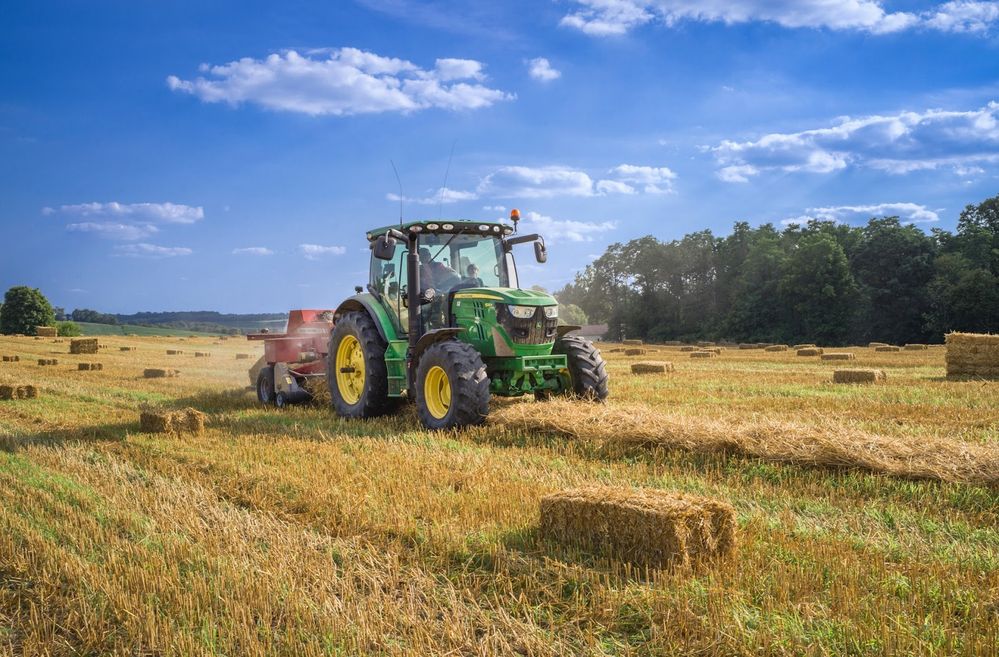Canada and the United States share a long history of farming and our borders often reflect rippling wheat fields, blue canola flowers and come autumn, reedy, tall corn stalks. Our shared agricultural industries translate to exporting and importing of farmed materials, like grain, and heavy duty farm equipment. According to Export Gov Canada.
“Canada has been the largest export market for U.S. agricultural equipment with exports in 2017 totaling US$2.6 billion. Exports of U.S. agricultural equipment to Canada in 2017 experienced an increase of approximately 24% over 2016 numbers.”
It’s a huge market for Canadians, with exports to the U.S. agricultural equipment market in 2017 totaling $2.6B USD, and that number has been climbing over the years. Via Export Canada,
“In total, the value of agricultural equipment owned and leased by farms in Canada equaled more than C$41 billion in 2016 (approx. C$215,000 per farm). Machinery-intensive industries in Canada including agriculture, among others, account for 30% of Canada’s GDP and combined, these industries spent more than C$30 billion on machinery and equipment in 2016.”
Okay – by now you understand that there’s money to be made in importing and exporting agricultural equipment between Canada and the U.S.A. But what is the most lucrative equipment?
Demand has increased for larger and more powerful equipment, juxtaposed with the shrinking of physical farms in both Canada and the United States. In essence – modern day farmers are relying on machines being more advanced and efficient than humans, not a surprising fact.
The biggest ticket items in importing and exporting agricultural equipment are combines and tractors. They are growing steadily, and remain a smart place to put your importing and exporting dollars and effort into. The trust between Canada and the U.S.A. for quality equipment, coupled with relatively quick delivery times with purchasing, especially replacement equipment makes this a desirable venture for importers and exporters on either side of the Canada/USA border.
But how to go about importing and exporting into Canada and the USA?
Read the next article in our farming series and find out what paperwork, sites, and processes you’ll want to know about before harvesting this market. In a hurry? You can always reach out to a BorderBuddy expert, they’re thoroughly enthused about threshing. Reach out anytime!
